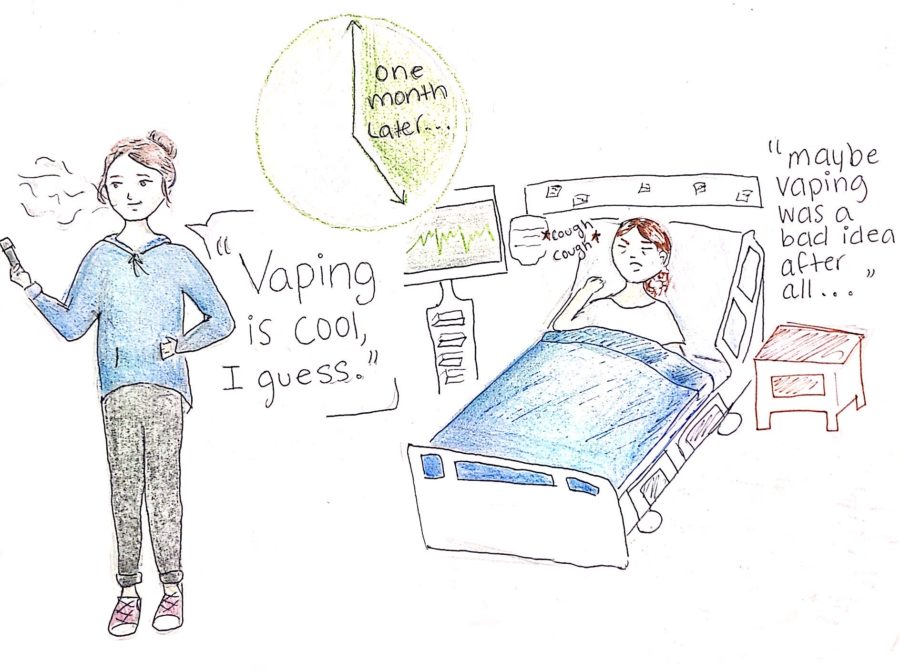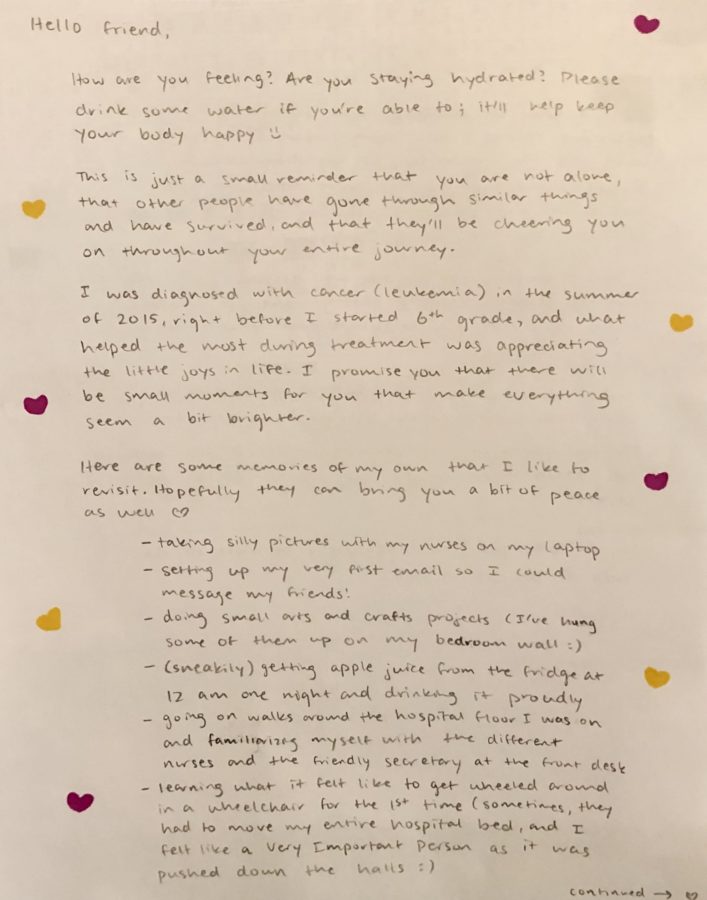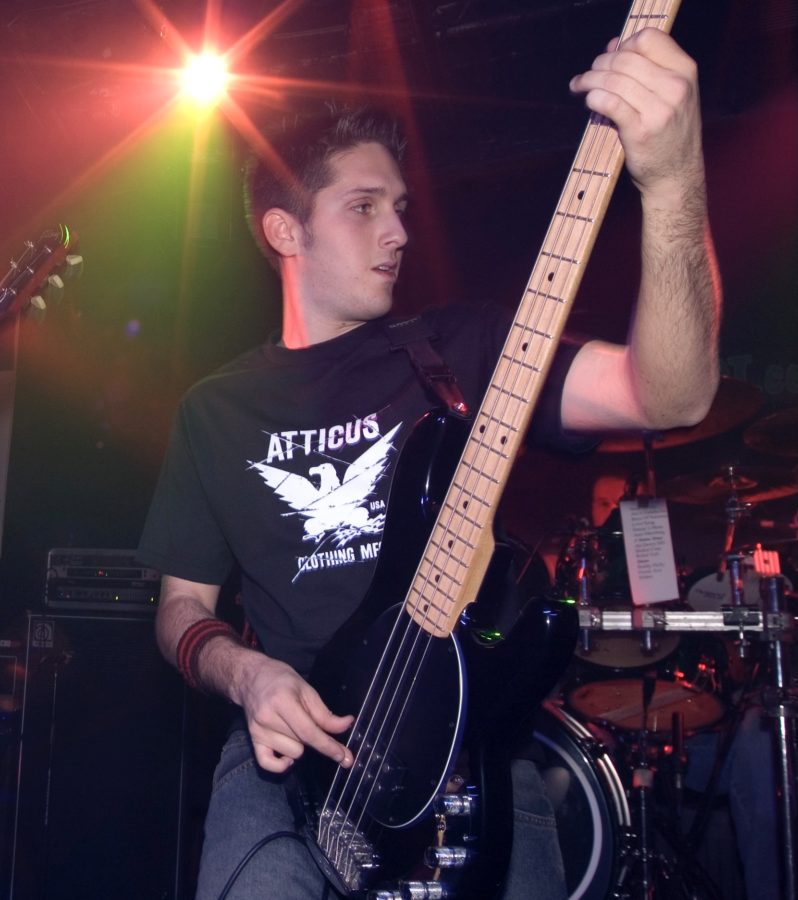By Andrew Bucko, Co-Opinion-Editor
The bathrooms are quieter compared to my past three years at Conestoga. Groups of guys passing around e-cigarettes in plain sight are few and far between. The signature crackle of heating vape juice occasionally echoes from stalls, but only when fiends are guarded by a metal partition.
Just why are these fruity-smelling speakeasies coming to a close? Could it be the new cameras outside of bathrooms and in parking lots that administrators informed us of on the first day of school? Perhaps students cower in fear of being caught and having to take a digital anti-vape course?
Or maybe, just maybe, the 18 (and counting) national vaping-related deaths have a role.
According to the CDC, these deaths — along with 800 reported vaping ailments — are all caused, in part or in full, by THC and nicotine vapes.
Most troublesome about these deaths is how little time vapes have been on the market. U.S. Customs and Border Protection cites the first U.S. import of vapes in 2006, with mainstream use coming much later. Illnesses arising this early offer a glimpse of what upcoming decades may bring. Even my aunt (a loyal Marlboro fan) has been smoking for 40 years and has yet to succumb to illness.
If the prospect of a swift and mysterious death isn’t reason enough to stop, the cost of funding a vaping addiction is nearly as scary. Using a pack of JUUL pods per week can cost anywhere from $1,000 to $1,300 annually. That’s a Louis Vuitton bag, two roundtrip flights to the Caribbean or a competent laptop to replace your school one. Is it really worth slaving away at some nine-dollar-per-hour job only to have your paycheck go up in smoke?
On the bright side, vaping is, like, totally in. After all, nothing is more attractive than exhaling antifreeze and a slew of other chemicals. What better way to spend your Saturday than hunting to find the cheapest mango JUUL pods? And begging upperclassmen to buy “the goods” will obviously earn you a cool reputation.

























































































